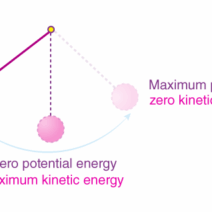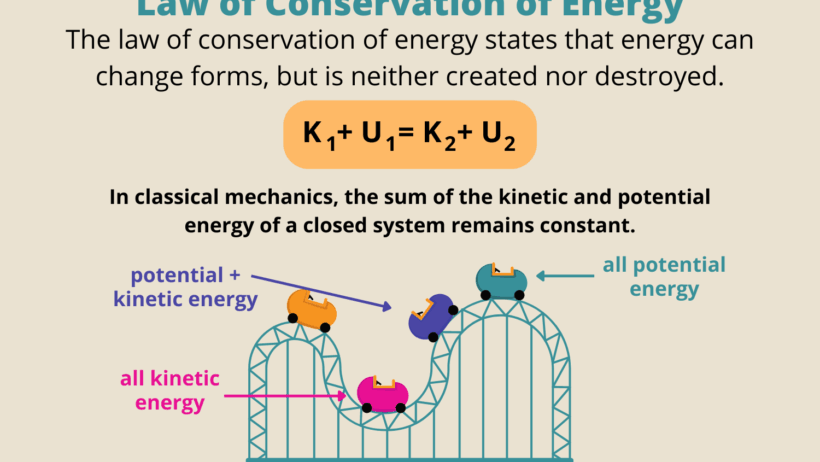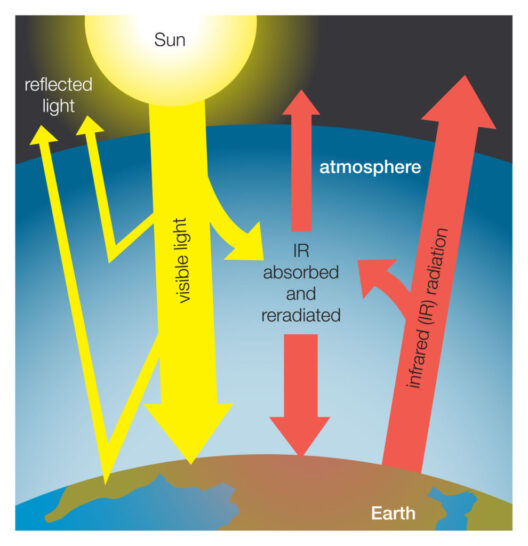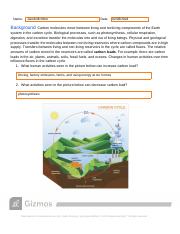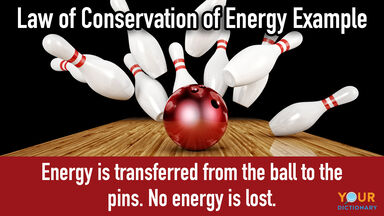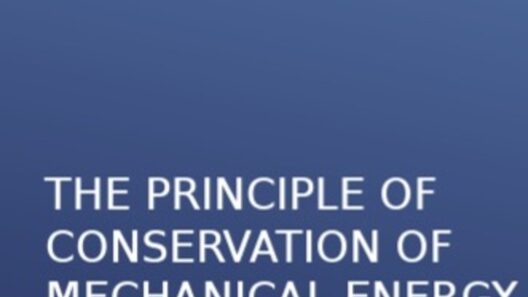The Law of Conservation of Energy is a fundamental principle within the realm of physics that posits that energy cannot be created or destroyed; rather, it can only be transformed from one form to another. This concept is pivotal in understanding various physical phenomena, from the simplest mechanical systems to the most complex ecological systems. By exploring this law further, we can gain valuable insights into energy preservation and its significance across multiple domains.
At its core, the Law of Conservation of Energy asserts that the total energy within an isolated system remains constant over time. This principle has profound implications not only in physics but also in chemistry, biology, and environmental science. The transformation of energy can take various forms—including kinetic energy, potential energy, thermal energy, and chemical energy—each of which plays a role in different processes occurring in nature and technology.
Understanding how energy is preserved and transformed offers key advantages in various fields such as engineering, environmental management, and even day-to-day life decisions related to energy consumption.
In this article, we will examine the significance of the Law of Conservation of Energy, explore its applications in multiple disciplines, and highlight its implications for sustainability and environmental activism.
Significance of Energy Conservation in Physics
Energy, in its many forms, is a driving force of the universe. The Law of Conservation of Energy acts as a cornerstone in many scientific theories and equations. In classical mechanics, for instance, potential energy may be converted to kinetic energy and vice versa. When a ball is thrown into the air, its kinetic energy decreases as it rises, while its potential energy increases. At the highest point of the trajectory, the energy has fully transformed into potential energy. As the ball descends, this potential energy is converted back into kinetic energy. The cycle continues, but the total energy remains unchanged, illustrating the principle at work.
Additionally, in thermodynamics, the conservation of energy principle manifests itself clearly in heat transfer processes and energy efficiency. The first law of thermodynamics stipulates that the internal energy of a system can be altered by heat transfer and work done upon the system, yet the total energy stays constant, reinforcing the significance of energy preservation.
Applications in Daily Life
The implications of the Law of Conservation of Energy extend far beyond theoretical physics. Individuals can leverage this understanding to make more informed decisions on energy use and sustainability. For instance, energy-efficient appliances are designed with the intent of preserving energy during operation. While they utilize less energy than their less efficient counterparts, they perform work effectively, embodying the principle of energy transformation.
Furthermore, the law promotes a conscious approach toward energy consumption. Households can adopt practices that minimize energy wastage by insulating homes efficiently or using renewable energy sources such as solar or wind power. This not only reduces energy bills but also alleviates environmental impact, showcasing a direct application of conservation principles in everyday life.
Environmental Impact and Sustainability
Understanding the Law of Conservation of Energy is integral to tackling critical environmental challenges. In an era of climate change and depleting natural resources, energy conservation has emerged as a guiding principle for sustainable development. Energy waste leads to increased greenhouse gas emissions, which further exacerbate global warming. By grasping the interconnectedness of energy use, conservation practices can be implemented more effectively.
Renewable energy sources, such as solar and wind, epitomize the idea of energy transformation and conservation. Instead of generating energy from fossil fuels—an approach that contributes to harmful emissions—these sources harness natural processes to create energy without depleting the Earth’s resources. Moreover, understanding energy flows through ecosystems reveals the delicate balance that must be maintained to conserve biodiversity and ensure the sustainability of natural habitats.
The Law of Conservation of Energy also plays a significant role in industrial processes. Manufacturers can optimize energy efficiency by employing advanced technologies and innovation. By doing so, they not only meet regulatory standards but also promote a more sustainable approach to production that protects the environment while fostering economic growth.
The Challenges Ahead
Despite the guiding principles of energy conservation, several challenges remain in widespread adoption. The infrastructure for renewable energy is still underdeveloped in many regions, and transitioning from traditional energy systems to sustainable alternatives demands deliberation and investment. There are also socio-political challenges, as policy change and public support are crucial for implementing larger-scale energy conservation initiatives.
Moreover, individuals’ awareness and education on energy conservation can significantly influence collective action. Advocating for educational programs and initiatives that highlight the importance of energy preservation and the scientific principles behind it is essential in cultivating a culture of responsibility towards energy consumption.
In summary, the Law of Conservation of Energy is a cornerstone principle of science that shapes our understanding of energy dynamics across diverse disciplines. Its applications stretch from the mundane aspects of daily living, such as energy-efficient appliances and practices, to broader implications for environmental sustainability. Embracing this law means committing to a future where energy is respected, efficiently utilized, and preserved for generations to come.


